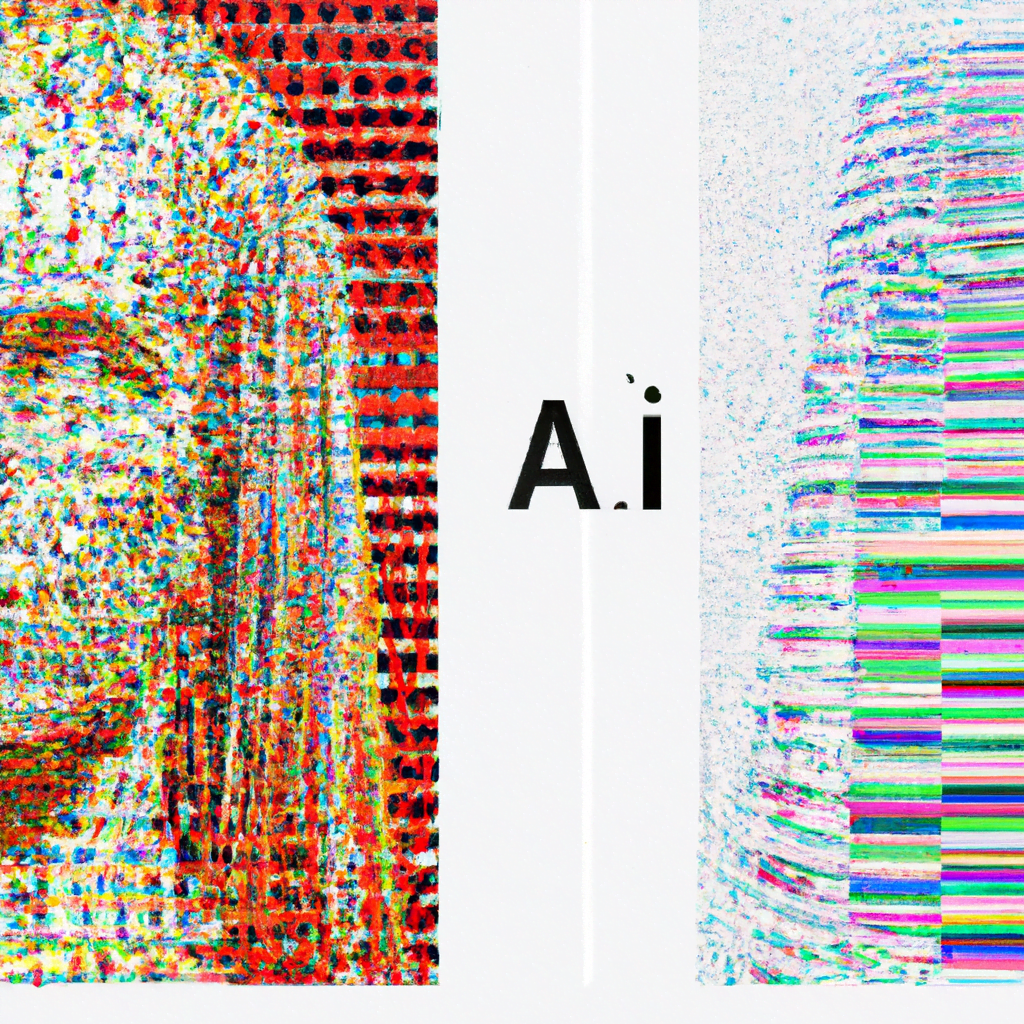
AI in Data Visualization Design: Making Complex Information Understandable

Data visualization is a powerful tool that helps us make sense of complex information by presenting it in a visual format. It allows us to identify patterns, trends, and insights that might otherwise go unnoticed. However, as the amount of data we generate continues to grow exponentially, so does the challenge of effectively visualizing and understanding it. This is where artificial intelligence (AI) comes in. By leveraging AI techniques, data visualization designers can create more intuitive and interactive visualizations that make complex information understandable to a wider audience.
The Role of AI in Data Visualization Design
AI has the potential to revolutionize data visualization design by automating and enhancing various aspects of the process. Here are some key ways in which AI can be applied:
1. Data Preprocessing and Cleaning
Before data can be visualized, it often needs to be cleaned and preprocessed to remove errors, outliers, and inconsistencies. AI algorithms can automate this process by identifying and correcting errors, imputing missing values, and standardizing data formats. This not only saves time but also ensures that the visualizations are based on accurate and reliable data.
2. Pattern Recognition and Clustering
AI algorithms, such as machine learning and deep learning, can analyze large datasets to identify patterns, clusters, and relationships within the data. This information can then be used to create visualizations that highlight these patterns and make them more apparent to the viewer. For example, AI algorithms can automatically group similar data points together and assign them different colors or shapes in a scatter plot.
3. Natural Language Processing
Textual data is often a crucial component of data analysis and visualization. AI techniques, such as natural language processing (NLP), can extract meaningful insights from text and convert them into visual representations. For example, sentiment analysis algorithms can analyze social media data to determine the overall sentiment towards a particular topic, which can then be visualized using a sentiment heatmap or a word cloud.
4. Interactive Visualization and Exploration
AI can enable more interactive and exploratory data visualizations by incorporating techniques such as recommendation systems and user behavior analysis. For example, AI algorithms can analyze user interactions with a visualization and suggest relevant visualizations or filters based on their preferences and browsing history. This allows users to dynamically explore the data and uncover insights that are most relevant to their interests.
Case Studies: AI-powered Data Visualization
Several organizations have already started leveraging AI to enhance their data visualization capabilities. Let’s explore a few notable case studies:
1. Google’s AutoML Vision
Google’s AutoML Vision is an AI-powered tool that allows users to create custom image recognition models without any prior machine learning expertise. This technology can be applied to data visualization by automatically recognizing and labeling objects in images, making it easier to create visualizations that incorporate image data. For example, a data visualization of wildlife populations could use AutoML Vision to automatically identify different species in images captured by remote cameras.
2. Tableau’s Ask Data
Tableau’s Ask Data feature uses natural language processing to allow users to ask questions about their data using plain English. The AI algorithms behind Ask Data analyze the user’s query, understand the intent, and generate visualizations that answer the question. This makes it easier for non-technical users to explore and understand their data through interactive visualizations, without the need for complex queries or coding.
3. IBM’s Watson Analytics
IBM’s Watson Analytics is an AI-powered data analysis and visualization platform that helps users uncover insights from their data. It uses natural language processing and machine learning algorithms to understand user queries and generate visualizations that provide relevant insights. Watson Analytics also incorporates AI-driven data preparation capabilities, which automate the process of cleaning and transforming data for visualization.
The Benefits and Challenges of AI in Data Visualization Design
Integrating AI into data visualization design offers several benefits, but it also comes with its own set of challenges. Let’s explore both sides:
Benefits:
- Improved Efficiency: AI automates time-consuming tasks, such as data cleaning and preprocessing, allowing designers to focus on higher-level aspects of visualization design.
- Enhanced Insights: AI algorithms can uncover patterns and relationships in data that might not be immediately apparent, leading to more meaningful and actionable insights.
- Increased Accessibility: AI-powered visualizations can be more intuitive and interactive, making complex information understandable to a wider audience, including non-technical users.
Challenges:
- Data Bias: AI algorithms are only as good as the data they are trained on. If the training data is biased or incomplete, it can lead to biased or misleading visualizations.
- Interpretability: AI algorithms, such as deep learning models, can be complex and difficult to interpret. This can make it challenging to explain the underlying logic behind AI-generated visualizations.
- Human-AI Collaboration: Designers need to strike a balance between leveraging AI capabilities and maintaining their creative input. Overreliance on AI can lead to generic and uninspiring visualizations.
Summary
AI has the potential to revolutionize data visualization design by automating and enhancing various aspects of the process. From data preprocessing and cleaning to pattern recognition and interactive exploration, AI can help create more intuitive and insightful visualizations. Case studies from organizations like Google, Tableau, and IBM demonstrate the practical applications of AI in data visualization. However, integrating AI into data visualization design also comes with challenges, such as data bias, interpretability, and maintaining human creativity. By understanding and addressing these challenges, we can harness the power of AI to make complex information understandable and empower users to derive meaningful insights from their data.
